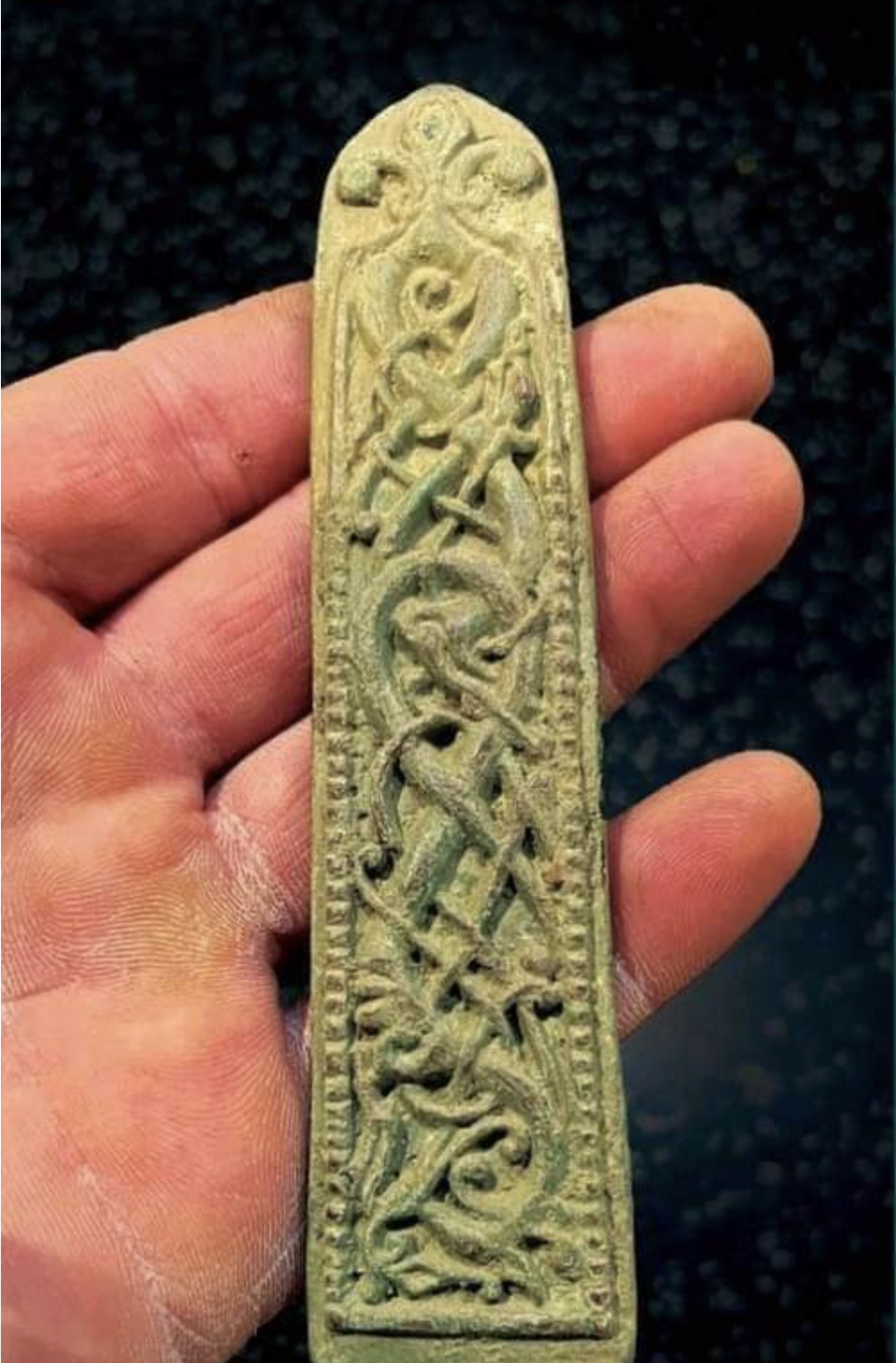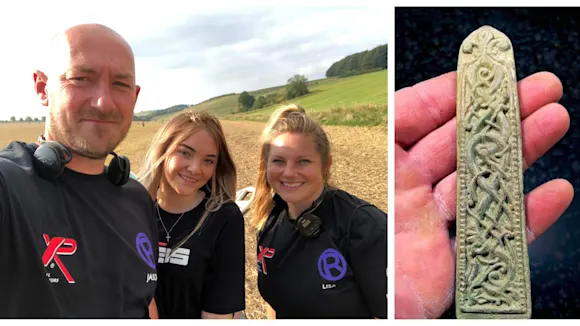Read the rest of this article...
The Viking Archaeology Blog is concerned with news reports featuring Viking period archaeology. It was primarily constructed as a source for the University of Oxford Online Course in Viking Archaeology: Vikings: Raiders, Traders and Settlers. For news reports for general European archaeology, go to The Archaeology of Europe News Blog.
Tuesday, 27 June 2023
The Norn Language: Scotland’s mysterious Viking tongue that can be found in modern Scots
Read the rest of this article...
Monday, 26 June 2023
How to Make a Viking Warrior?

Read the rest of this article...
Saturday, 24 June 2023
Wild Cattle in Britain – Descendants of Viking Cattle?

Read the rest of this article...
Thursday, 22 June 2023
Viking artefact unearthed by metal detectorist to be sold at auction

A metal detectorist has unearthed a Viking artefact that was used to craft decorative motifs for military helmets.
Jason Jones, 44, of Norwich, made the find while searching a field near Watton in Norfolk in January this year, having previously found two medieval silver coins there.
The construction industry worker, who was with his wife Lisa, said he had forgotten to charge his main detector and was using his backup machine.
“I returned to the area where the coins were found and got a loud signal, and at a depth of just two inches found an unusual bronze object,” he said.
“Lisa came over and was speechless when she saw it.
Read the rest of this article...Viking artefact unearthed by metal detectorist in Norfolk field could fetch £24,000 at auction

Read the rest of this article...
A Couple Renovating Their Kitchen in Denmark Found an Ancient Stone Carved With Viking Runes

Photo Lene Brandt, courtesy National Museum of Denmark.
Read the rest of this article...
Tuesday, 20 June 2023
Game piece with runic inscription found in Trondheim
Read the rest of this article...
What did the Vikings eat?

Read the rest of this article...
Stone Carved With Viking Ship May Be Oldest Picture Ever Found in Iceland
Monday, 12 June 2023
Viking Support Animals

Read the rest of this article...
The cruelty of the Vikings was legendary. However, the reality was different

Read the rest of this article...
Unusual Discovery Of A Viking Age Phallic Stone In Tystaberga, Sweden
Read the rest of this article...
Scramasax with preserved wood handle found in Sweden
Read the rest of this article...
.jpg?crop=3:2,smart&width=640&quality=65)

